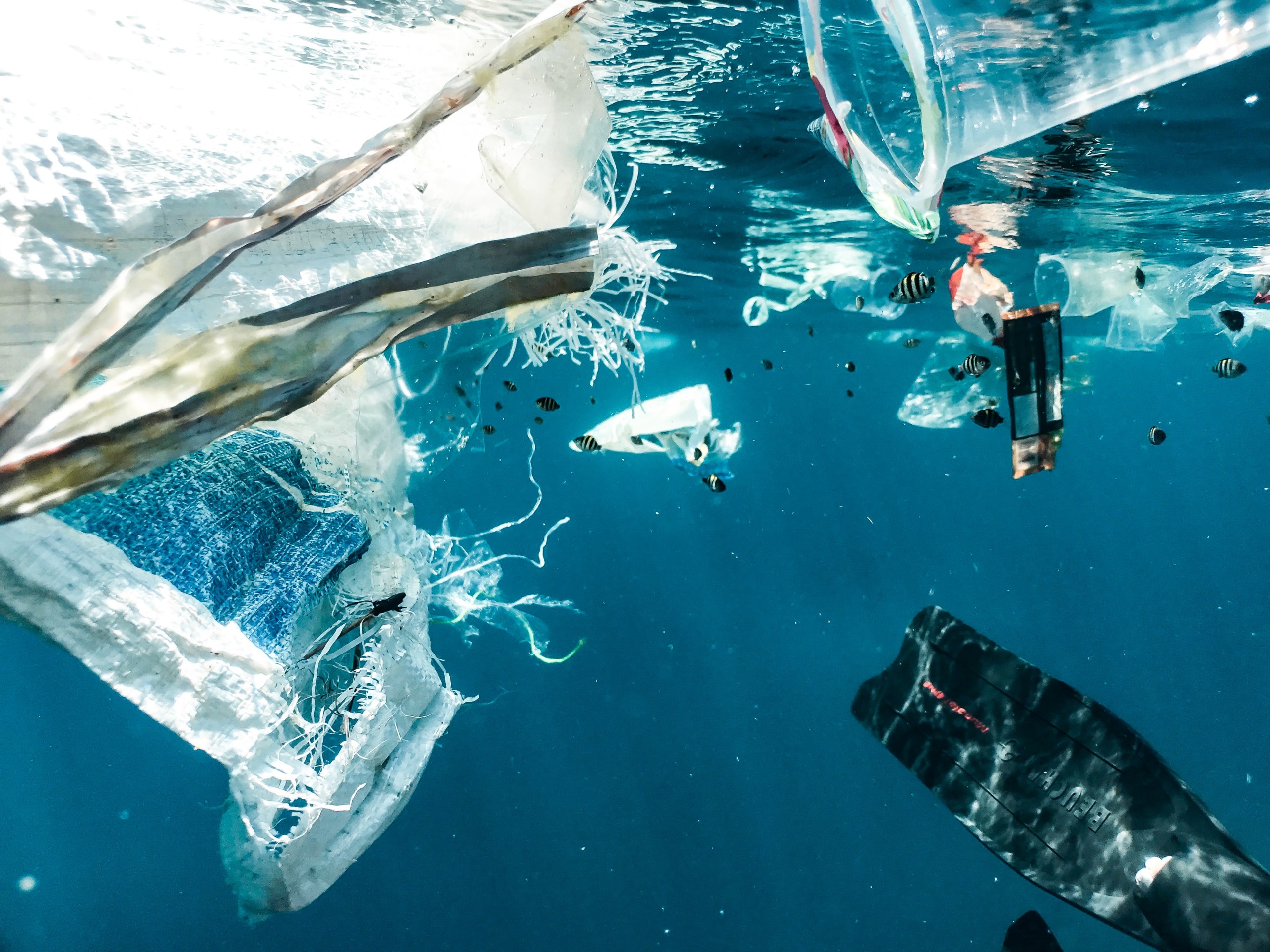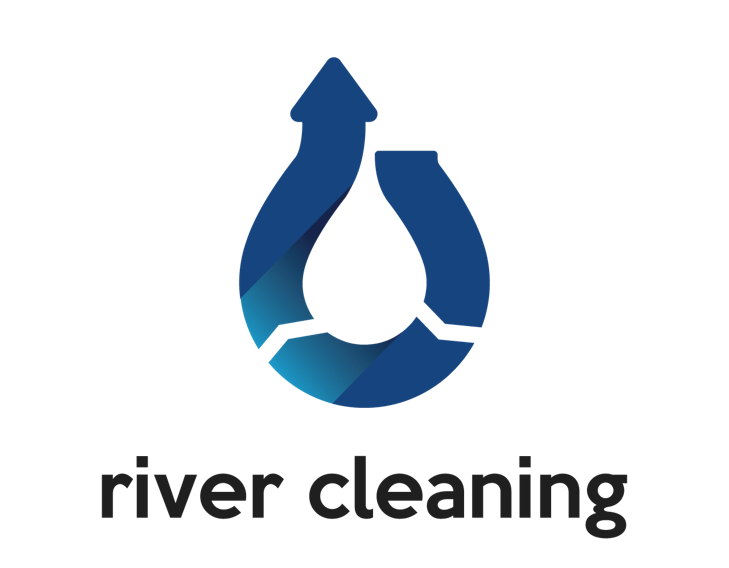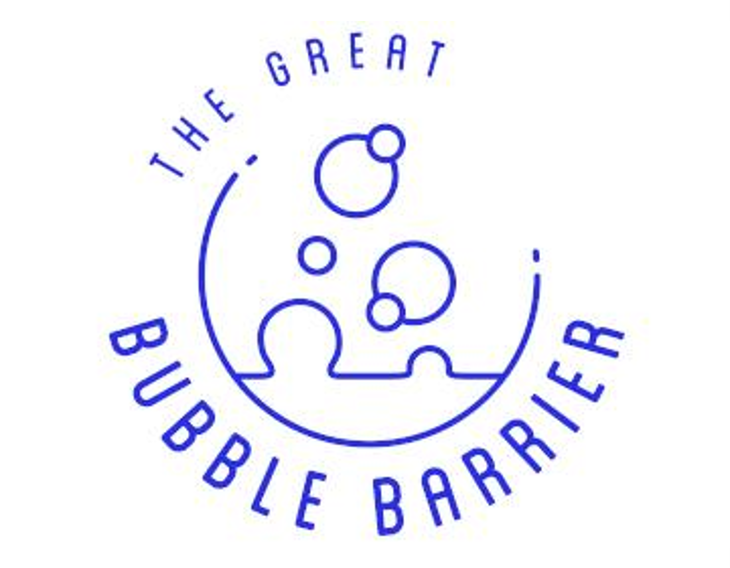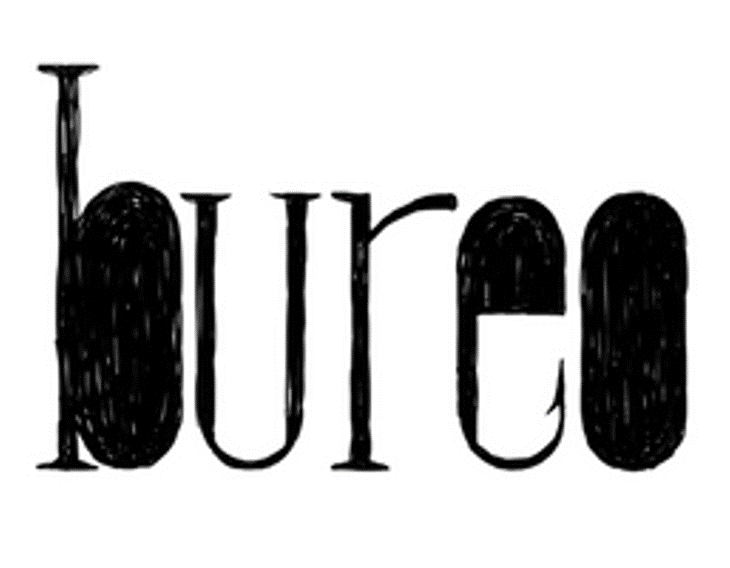123Fab #74
1 topic, 2 key figures, 3 startups to draw inspiration from

Plastic pollution in oceans is one of the most pressing environmental issues. The Great Pacific garbage patch alone is estimated to be 1.6 million square kilometers wide, three times the size of France, and contains about 1.8 trillion pieces of plastic, the equivalent of 250 bits for every human being. Once in the ocean, the sunlight, waves, and wind break the plastic into increasingly smaller pieces, ultimately reaching the size of microplastic (<5mm) which are then dispersed in the water. This affects all marine organisms since their small size makes them virtually impossible to collect once they have broken down. Some companies have decided to tackle the problem by collecting and upcycling these plastics in order to slow the growth of these garbage continents but NGOs remain the key players in the sector. As recycled plastics cannot financially compete with cheap new plastics, it is hard for startups to identify a clear business model.
The Ocean Cleanup is a non-profit organization based in the Netherlands that aims to remove 90% of floating ocean plastic. It harvests it by dragging a 3-meter deep, 800-meter long net between boats throughout the Pacific garbage patch. To make the capture as efficient as possible, they use computational modeling to predict where the highest concentration of plastic is. However, one of the problems with this technology is that the surface to be covered to retrieve plastics in the ocean is gigantic. Luckily, most plastic in the ocean arrives via rivers, which is easier to filter. Thus, they place barriers on rivers to guide floating plastic to solar-powered conveyor belts that carry it to dumpsters. As for River Cleaning, they place floating devices diagonally across the river to form a chain to a storage area on the riverbank. The river current makes the devices spin so that floating plastic is diverted from one device to the other to end up in the storage area. One highlight of this solution is that, as each floating device is anchored to the bottom of the river, they allow ships and boats to pass through and return to their position by themselves. Another innovative technology to filter plastics from rivers is provided by The Great Bubble Barrier, pumping compressed ambient air through perforated tubes at the bottom of the waterway to create a diagonal bubble curtain that will direct plastics to the storage area on the side of the river. The bubble curtain is also safe for fish and ships traffic and increases the oxygen concentration in the water, benefitting the aquatic ecosystem.
The main obstacle to these technologies is that sorting and recycling the different types of plastic is expensive, while the plastic itself is cheap. Some companies have focused on revalorizing the plastic in the ocean. Bureo partners with fishermen to retrieve discarded fishing nets, which represent more than 46% of the great pacific garbage patch and transform them into their NetPlus material that can then be used to make clothes, skateboards, sunglasses, or even board games. Oceanworks also provides materials such as resins, textiles, bottles, and more made from recycled plastics collected by local communities throughout the world. The retrieved plastics come either from the ocean, streams, and waterways or coastal areas. Oceanplastik, meanwhile, plans to create an ecosystem based on crypto tokens to reward the collection of plastic waste before it reaches the ocean. Their phone app would allow users to tag, collect and drop off plastic wastes at collection points and earn crypto tokens. The recovered plastics would then be sorted, washed, and recycled into granules to use in new plastic products.
Major industrials are interested in recycled plastic from the ocean, like Patagonia’s partnership with Burneo to use their recycled fishing net as fabric for their clothes. Last year, Coca Cola announced a partnership with The Ocean Cleanup to support the deployment of their solution on 15 new rivers by the end of the year. In 2020, the world’s largest zipper manufacturer YKK partnered with OceanWorks to produce an ocean-sourced collection of zippers.
As humanity has just crossed the 5th planetary limit on chemical pollution, in which plastic production plays a major role, recycling and collecting plastic waste is more important than ever. However, it goes without saying that limiting its production and use remains a mandatory step toward a sustainable future. Startups like Notpla and Sulapac are good examples of the role startups can play in avoiding single-use plastics in packaging and helping to keep our ocean clean.
2 Key Figures
37 Ocean cleaning initiatives
Registered by Tracxn
By 2040, a total of 600 metric tons of plastics could be accumulated in the seas
Compared to 150 metric tons in 2015 – National Geographic
3 startups to draw inspiration from
This week, we identified three startups that we can draw inspiration from: River Cleaning, The Great Bubble Barrier and Bureo.

River Cleaning
The Italy-based startup River Cleaning produces and install cleaning system made up of a series of floating devices, positioned diagonally on the course of the river; thus positioned, they allow to intercept plastic waste and transport it to the river bank, in a special storage area.

The Great Bubble Barrier
Founded in 2017 in the Netherlands, The Great Bubble Barrier developed a bubble barrier designed to stop plastic pollution in rivers and canals. Their barrier is comprised of bubble curtain, compressor, and catchment system, enabling users to collect and remove plastics from waterways.

Bureo
Manufacturer of plastic goods designed to sell materials made from ocean waste, specifically from nylon fishing nets. Bureo produces and sells sustainable skateboards, sunglasses, t-shirts, and caps made from recycled fishing nets, enabling consumers to protect the environment around them, using innovation to inspire change and create tangible positive impacts.
Interested in a startup landscape or in an insights report?
Please fill out our contact form so that we can get back to you very quickly with our product offer.
Want to subscribe to our 123Fab?
Fill out our form to receive the latest insights into your inbox.
